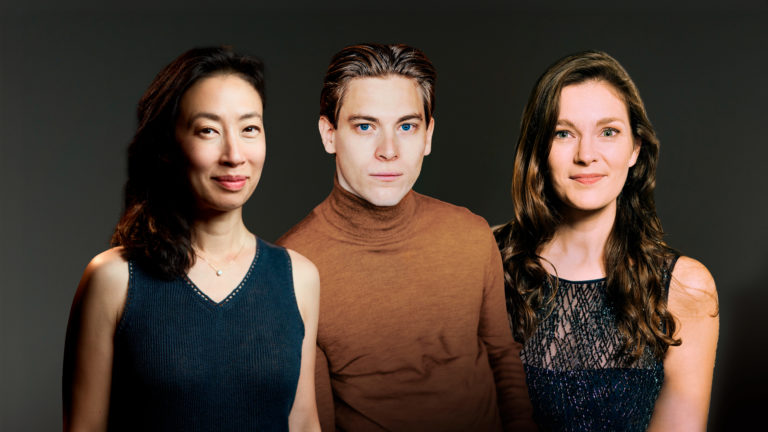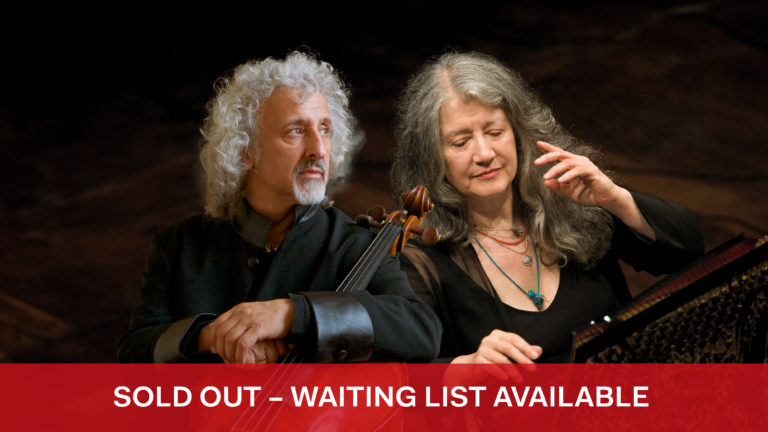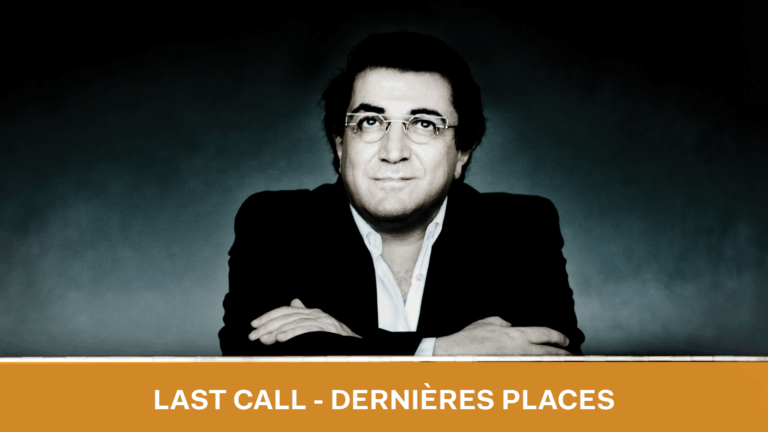RENCONTRES INÉDITES III

This third episode of our ‘Rencontres Inédites’ crosses generations and talents, with the cast including pianists Daniil Trifonov and Sergei Babayan, Janine Jansen, Mischa Maisky, Timothy Ridout and Daniel Blendulf. The programme includes colourful works by Brahms.
Programme
Interval
JOHANNES BRAHMS (1833-1897)
Artist(s)
- Janine Jansen violin
- Timothy Ridout viola
- Daniel Blendulf cello
- Mischa Maisky cello
- Sergei Babayan piano
- Daniil Trifonov piano
More than any other, the Piano Quartets are Brahms’s work of emancipation. Here we already find what was to become the musician’s trademark: a tempestuous Romantic vocabulary, with a mastery of balanced, almost symphonic musical architecture. In the exposition and recapitulation of the first movement, the motifs unfold with unparalleled mastery and a desire never to end. The development, by contrast, has the conciseness of the classical style, concentrating on the very first intervals of the first theme. The second movement, based on a variation of Robert Schumann’s Clara motif, is one of the earliest examples of the gentle, languorous scherzo, a genre in which Brahms particularly excelled. But if the first Piano Quartet made a lasting impression, it was above all thanks to its exuberant Finale, with its flamboyant gypsy spirit, paradoxically reviving a very old custom of which Haydn was the most illustrious exponent.





